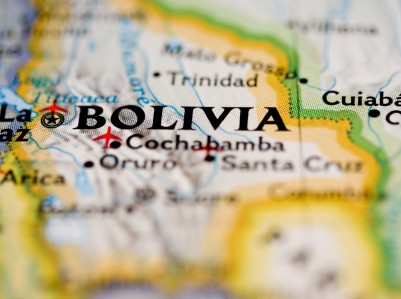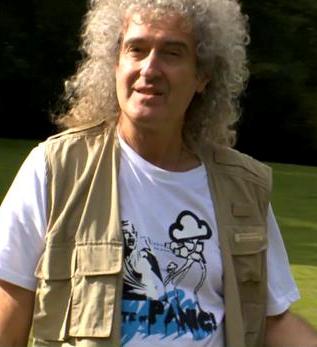
Wildlife veterinary medicine is more than being a good shot with a dart gun and knowing what anaesthetics to fill the darts with.
I know this because I was part of a group from Glasgow vet school that visited the Shamwari Game Reserve in South Africa to find out exactly what wildlife medicine entails.
Minimal intervention
Generally, as the animals on the reserve are considered wild, the main aim is to keep veterinary intervention to a minimum.
The majority of the veterinary work is translocation (involving mainly sedation and/or anaesthesia) but there are a few exceptions, which are often dealt with in the reserve’s rehabilitation centre – particularly if the animal in question is rare or highly valuable.
Although we learned a lot about anaesthetics (which was surprisingly easy to relate to practice at home), there’s far more to it than meets the eye.
In-depth knowledge
 During our two-week stay we learned that an in-depth knowledge of animal behaviour, among other aspects of conservation, is the vital foundation of the veterinary work.
During our two-week stay we learned that an in-depth knowledge of animal behaviour, among other aspects of conservation, is the vital foundation of the veterinary work.
For example, the length of time an animal will spend in transit and whether the animal will be woken up in the field will have an impact on drug choices – a prey animal needs a complete and rapid recovery in the field to avoid showing weakness to the herd or any predators in the vicinity, whereas an animal travelling halfway across South Africa would require longer lasting sedation.
Species differences are also important to consider; drugs that are highly dangerous in some animals may be the sedative of choice in others.
Additionally, the reaction to being darted needs to be carefully evaluated in terms of both the animals’ and the staff’s safety. We were particularly aware of this when working with buffalo and having to judge the right amount of sedation reversal to allow them to wake up completely, while giving ourselves enough time to dash into the truck and put a safe distance between us before they did so.
A different perspective
The team at Shamwari were eager to give us a practical, hands-on experience – which was great.

Not only was it an awe-inspiring couple of weeks, but it was also incredibly useful in terms of consolidating knowledge and practical application of pharmacology – particular anaesthesia.
Experiencing all aspects of conservation in addition to the veterinary work also gave a different perspective to veterinary medicine.
It was exhilarating to be working with such beautiful and potentially dangerous animals – I could certainly feel my heart going through the roof when taking blood from a lion whose snores sounded suspiciously like growls.








